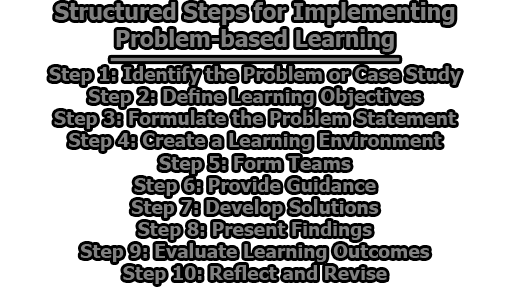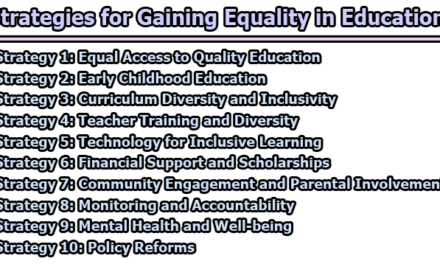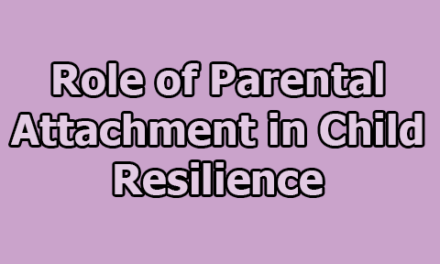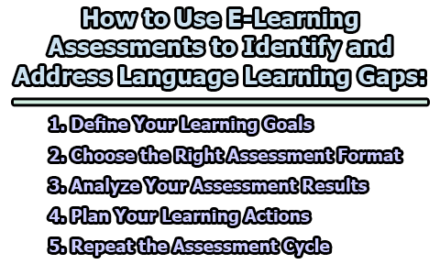Structured Steps for Implementing Problem-based Learning:
Problem-based learning (PBL) is a student-centered approach to learning that encourages students to develop problem-solving skills by applying their knowledge to real-world problems. PBL involves the use of carefully designed, open-ended problems or case studies that require students to work collaboratively to identify relevant information, generate hypotheses, develop solutions, and present their findings. PBL is often used in medical and health sciences education, but it can be adapted to other fields as well. The following are the structured steps for implementing Problem-based learning (PBL) in any discipline.
Step 1: Identify the Problem or Case Study
The first step in implementing PBL is to identify a relevant problem or case study that will engage students in the learning process. The problem or case should be open-ended and complex enough to require students to use critical thinking skills and apply their knowledge to solve the problem.
For example, in a biology class, a problem might involve investigating a disease outbreak in a community and determining the cause and possible solutions. In a business class, a case study might involve analyzing a company’s financial statements and developing a plan to improve profitability.
Step 2: Define Learning Objectives
Once the problem or case has been identified, the next step is to define the learning objectives for the PBL activity. Learning objectives should be aligned with the course goals and should specify the knowledge, skills, and attitudes that students are expected to acquire through the PBL activity.
For example, if the problem or case involves investigating a disease outbreak, the learning objectives might include developing an understanding of the epidemiology, identifying risk factors for disease transmission, and understanding the role of public health interventions in controlling the outbreak.
Step 3: Formulate the Problem Statement
The problem statement should be carefully crafted to provide students with enough information to begin their investigation but not so much that the solution is obvious. The problem statement should also encourage students to think critically and creatively about possible solutions.
For example, a problem statement for a biology class might read: “A community has experienced a sudden increase in cases of a mysterious illness. Your team has been tasked with investigating the outbreak and determining the cause and possible solutions.”
Step 4: Create a Learning Environment
In PBL, the learning environment is critical to the success of the activity. The environment should be designed to support active and collaborative learning, and it should provide students with access to the resources and tools they need to solve the problem or case.
For example, the learning environment might include a classroom space with whiteboards and markers for brainstorming, a library with access to relevant research articles, and computer labs with access to statistical analysis software.
Step 5: Form Teams
In PBL, students work in teams to solve a problem or case. Teams should be carefully constructed to ensure that students with diverse backgrounds and skill sets are represented and that each team member has an opportunity to contribute to the project.
For example, a team in a biology class might include a student with a background in epidemiology, a student with experience in statistical analysis, and a student with strong communication skills.
Step 6: Provide Guidance
While PBL is student-centered, it is important to provide guidance and support to students throughout the process. This might include providing feedback on their progress, offering resources and tools to aid their investigation, and facilitating discussions to help students overcome obstacles.
For example, the instructor might meet with each team periodically to review their progress and provide feedback, or the instructor might facilitate group discussions to help teams brainstorm possible solutions.
Step 7: Develop Solutions
Once teams have conducted their investigation and gathered relevant information, they should begin developing solutions to the problem or case. This might involve generating hypotheses, conducting experiments or surveys, and analyzing data to support their conclusions.
For example, a team in a biology class might use statistical analysis to identify possible risk factors for disease transmission, conduct interviews with community members to identify potential sources of exposure and develop a plan for controlling the outbreak.
Step 8: Present Findings
After teams have developed their solutions, they should present their findings to the class or a panel of experts. This presentation should include a clear explanation of their investigation, the methods they used to gather and analyze data, and their proposed solutions to the problem or case.
For example, a team in a biology class might create a presentation that includes a summary of the outbreak investigation, the identified risk factors, and recommendations for controlling the outbreak.
Step 9: Evaluate Learning Outcomes
After the PBL activity is complete, it is important to evaluate the learning outcomes to determine whether students have achieved the desired objectives. This evaluation might include assessments of student knowledge, skills, and attitudes related to the PBL activity, as well as feedback from students about their experience with the activity.
For example, an evaluation of a PBL activity in a biology class might include a written exam that assesses students’ understanding of epidemiology and disease transmission, as well as a survey that asks students to provide feedback on the PBL activity and its effectiveness in achieving the learning objectives.
Step 10: Reflect and Revise
Finally, it is important to reflect on the PBL activity and make revisions as necessary to improve its effectiveness in achieving the learning objectives. This might involve revising the problem or case, modifying the learning environment or team structure, or adjusting the guidance provided to students throughout the process.
For example, if the evaluation reveals that students struggled to apply their knowledge to the problem or case, the instructor might revise the problem statement to provide more guidance or develop additional resources to support student learning.
It is apparent that problem-based learning is a student-centered approach to learning that can help students develop critical thinking skills, apply their knowledge to real-world problems, and work collaboratively with others. By following the structured steps outlined above, instructors can design and implement effective PBL activities that achieve their learning objectives and engage students in the learning process.
References:
- Barrett, T., & Moore, S. (2011). New approaches to problem-based learning: revitalizing your practice in higher education. Abingdon, Oxon: Routledge.
- Dochy, F., Segers, M., Van den Bossche, P., & Gijbels, D. (2003). Effects of problem-based learning: A meta-analysis. Learning and Instruction, 13(5), 533-568.
- Finklestein, J., & Hanson, D. (1991). Problem-based learning: A review of literature on its outcomes and implementation issues. Academic Medicine, 66(2), 86-91.
- Hung, W. (2011). Theory to reality: A few issues in implementing problem-based learning. Educational Technology Research and Development, 59(4), 529-552.
- Maudsley, G. (1999). Do we all mean the same thing by “problem-based learning”? A review of the concepts and a formulation of the ground rules. Academic Medicine, 74(2), 178-185.
- Newman, M., & Peile, E. (2002). Valuing learners’ experience and supporting further growth: Educational models to help experienced adult learners in medicine. BMJ: British Medical Journal, 325(7366), 200-202.
- Norman, G. (1999). Problem-based learning: A review of the literature on its outcomes and implementation issues. Academic Medicine, 74(2), 221-228.
- Savery, J. R. (2006). Overview of problem-based learning: Definitions and distinctions. Interdisciplinary Journal of Problem-based Learning, 1(1), 9-20.
- Schmidt, H. G., & Moust, J. H. (1995). Factors affecting small-group tutorial learning: A review of research. In D. Evensen & C. E. Hmelo (Eds.), Problem-based learning: A research perspective on learning interactions (pp. 19-52). Mahwah, NJ: Lawrence Erlbaum Associates.
- Woods, D. R. (1996). Problem-based learning for large classes in chemical engineering. Journal of Engineering Education, 85(4), 339-345.

Assistant Teacher at Zinzira Pir Mohammad Pilot School and College










